
Roger Highfield, Science Director, gazes into his crystal ball to glimpse the experiments, projects and innovations that will make headlines in the coming year.

Roger Highfield, Science Director, gazes into his crystal ball to glimpse the experiments, projects and innovations that will make headlines in the coming year.
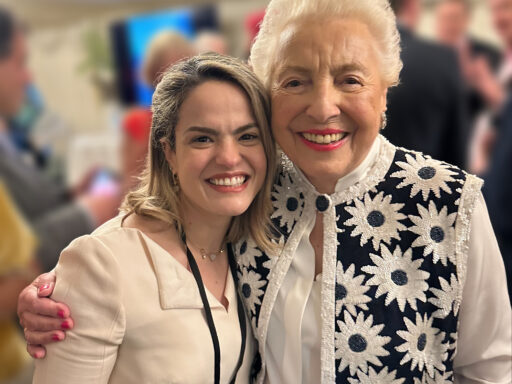
Recent figures indicate that in the UK only 16.5% of engineers are women*. In a profession where female engineers are so underrepresented, we caught up with two generations of software engineers who discuss their own experiences this #INWED24.

Engineers from far and wide gathered in the Science Museum on 6 February for the announcement of the 2024 winners of the Queen Elizabeth Prize for Engineering. Jane Sutton reveals more about the 2024 Laureates and their engineering innovations.
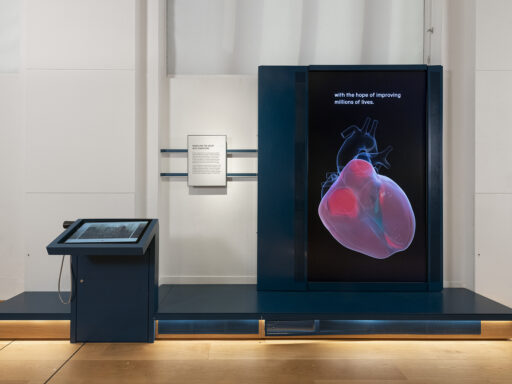
On Tuesday 7 November we revealed a large-scale virtual model of a human heart in the Engineers gallery.
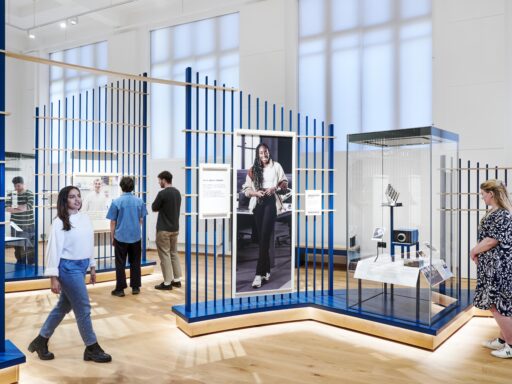
On Friday 23 June the Science Museum opened a free, first-of-its-kind gallery dedicated to world-changing engineering innovations and the fascinating range of people behind them.
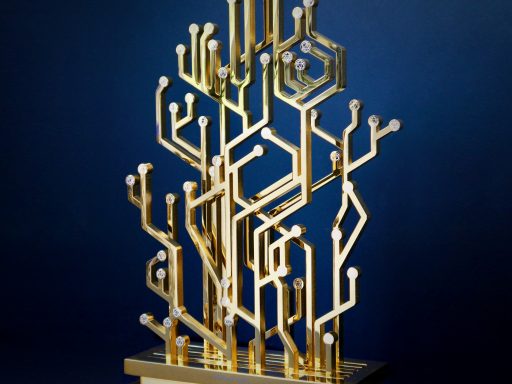
Architect, artist & multi-disciplinary creative Rebeca Ramos reflects on the Create the Trophy competition for The Queen Elizabeth Prize for Engineering and how it is inspiring the next generation of creative innovators.
Assistant Curator Heather Bennett takes a look at the remarkable life and achievements of engineer Verena Holmes.
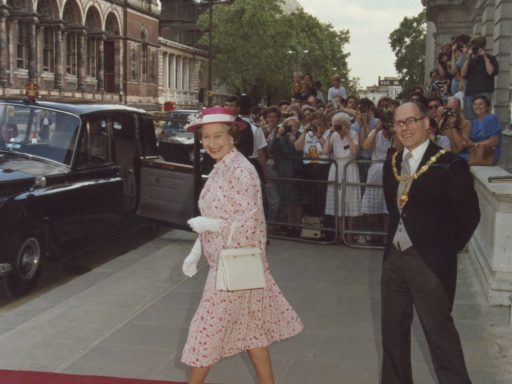
To celebrate HM The Queen’s platinum Jubilee, we’ll be looking back at her longstanding relationship with the Science Museum, spanning over 8 decades.
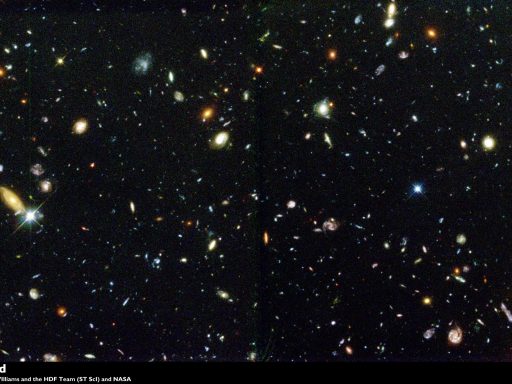
Assistant Curator Heather Bennett introduces us to the James Webb Space Telescope, launching today.
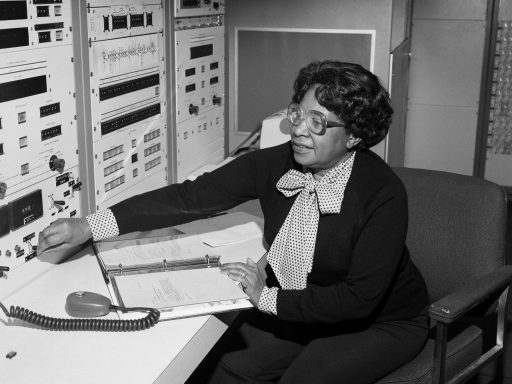
Today marks the 100th birthday of Mary Jackson, NASA’s first black female engineer and one of their ‘Hidden Figures’.
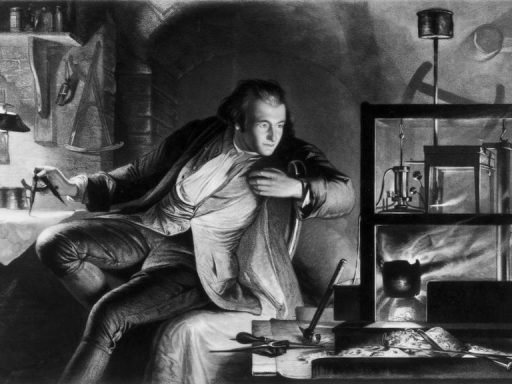
On the anniversary of James Watt’s birth, volunteer Nick Gudde examines Watt’s impact on business and buttons. Recent research has added to our understanding of Watt’s life and work, find out more via our Open For All blog series.
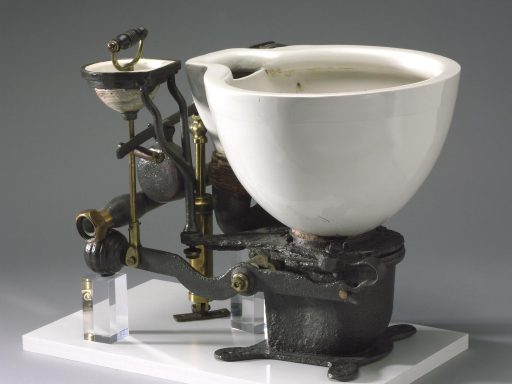
Flushing toilets are a staple of our modern lives, but what we now take for granted is still a relatively new technological innovation. Assistant Curator Kerry Grist explores their fascinating history.